Citizen scientists and SETI Institute researchers collaborate to observe and analyze NASA’s DART impact and confirm the efficiency of the kinetic impactor technique to deflect an asteroid.
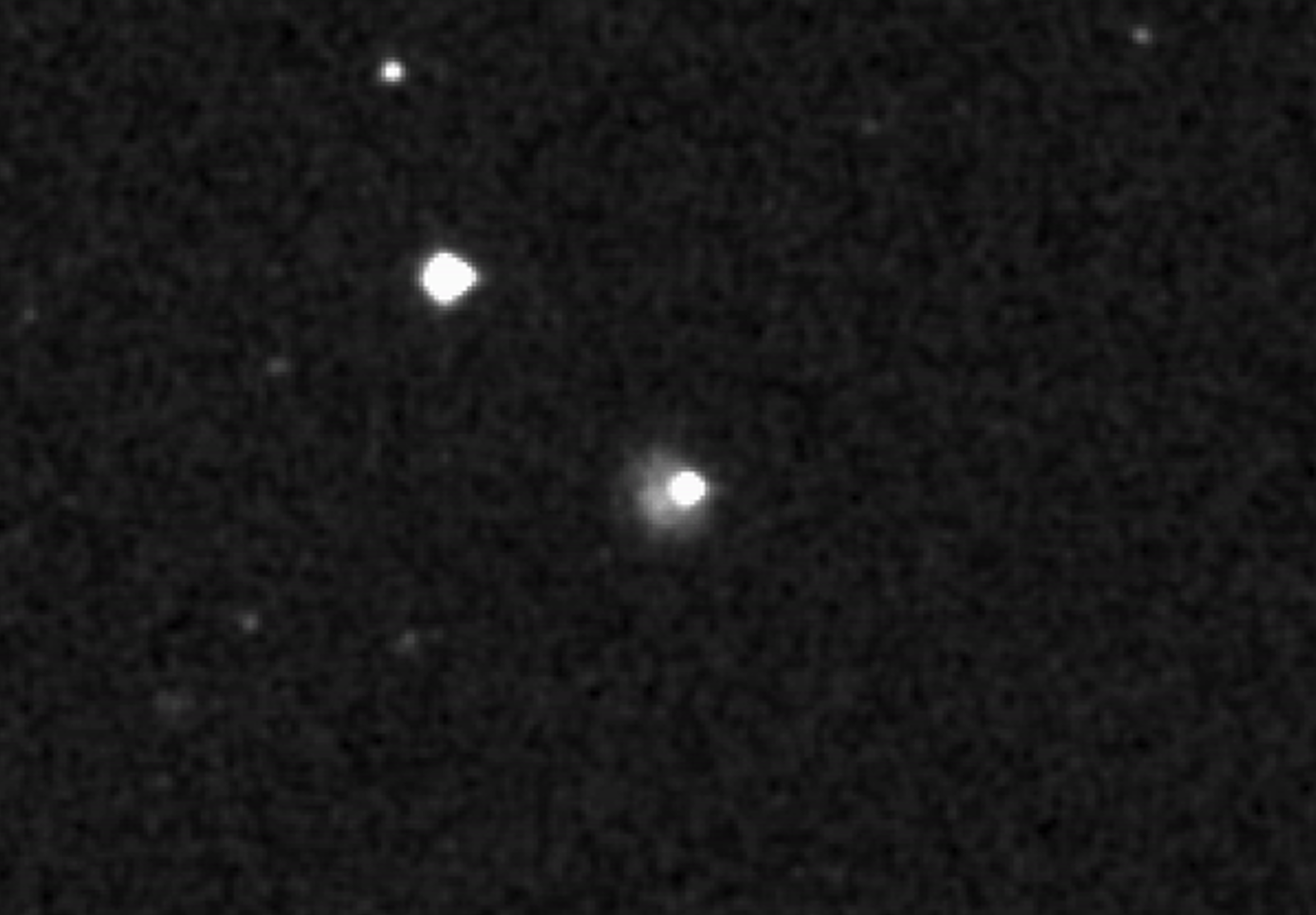
March 1, 2023, Mountain View, CA – Citizen scientists worldwide made decisive contributions to defend our planet by recording accurate and meaningful observations supporting the NASA DART (Double Asteroid Redirection Test) mission. The team, including eight SETI Institute astronomers and led by SETI Institute postdoctoral fellow Ariel Graykowski published their results in Nature on March 1.
NASA’s first test mission for planetary defense, DART, which seeks to test and validate a method to protect Earth in case of an asteroid strike, reached Dimorphos, a moon of the near-Earth asteroid Didymos on September 26, 2022. Unistellar citizen scientists were mobilized by SETI Institute researchers to observe the impact live, which was only visible from parts of Africa. Several observers in Kenya and Réunion Island successfully recorded the event with their smart telescope, witnessing the first successful deflection of an astronomical object using human technology.
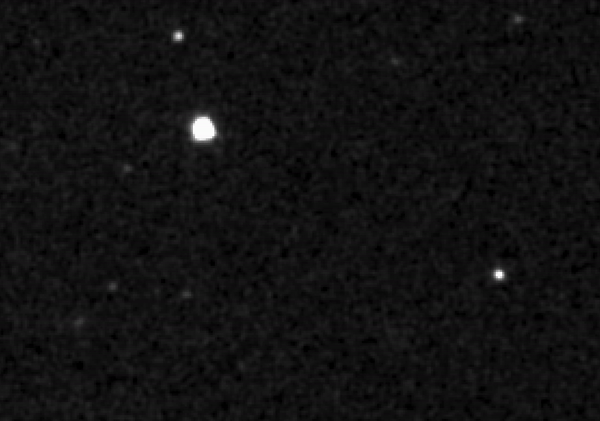
Traveling Telescope Team
“We had an absolutely fantastic night!! Clear skies from wall to wall.” - Daniel Chu Owen
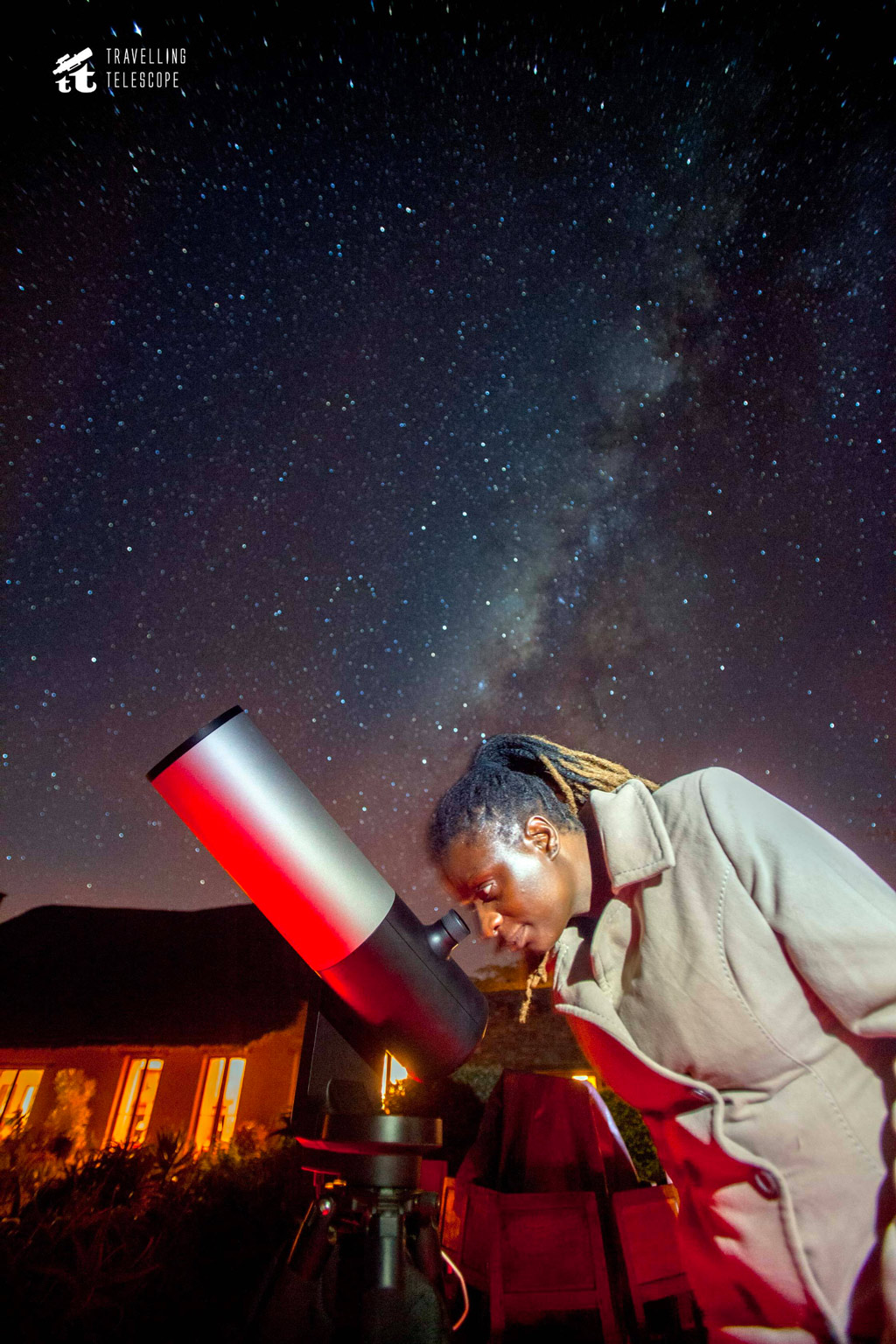
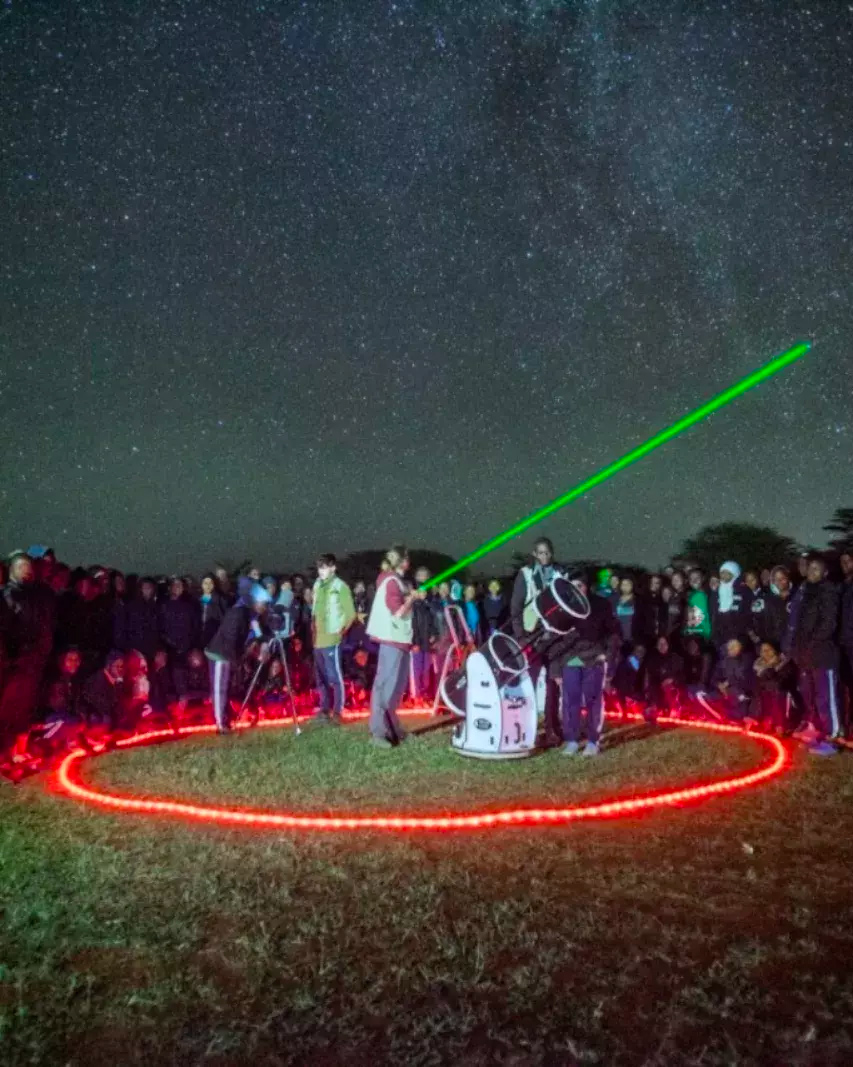
Thirty-one citizen scientists observed before and after the impact from multiple countries around the world.
From ground-based observations of the impact, the Unistellar Network captured the sudden brightening by a factor of 10 of the Didymos system due to the ejecta produced when the spacecraft hit Dimorphos. Graykowski used her expertise in cometary activity to analyze the impact ejecta and estimate its mass, speed, and energy. These analyses resulted in an estimated momentum enhancement factor similar to that reported by NASA’s DART team. Additionally, The Unistellar telescope network was able to measure a change in color at the time of impact thanks to the critical timing of these observations. This ephemeral color change remains unexplained.
“The timing of observations during the DART impact and the continued monitoring of Didymos afterward was absolutely crucial to analyze the impact’s effects on Dimorphos. The Unistellar Network was the perfect tool to do just that!” said Graykowski, who is part of a team of SETI Institute researchers guided by Franck Marchis, a senior astronomer at the SETI Institute and Chief Science Officer and co-founder at Unistellar.
“Our citizen astronomers were excited to witness with their Unistellar telescopes the impact of DART, the first- ever attempt to divert an asteroid. It’s commendable that we are the only group that has reported a scientific analysis of the impact, showing the ejecta cloud and the aftermath for a month. There is always a clear starry night somewhere in the Unistellar network, and that’s without doubt the strength of our network; we can see any part of the sky at any time,” said Marchis.
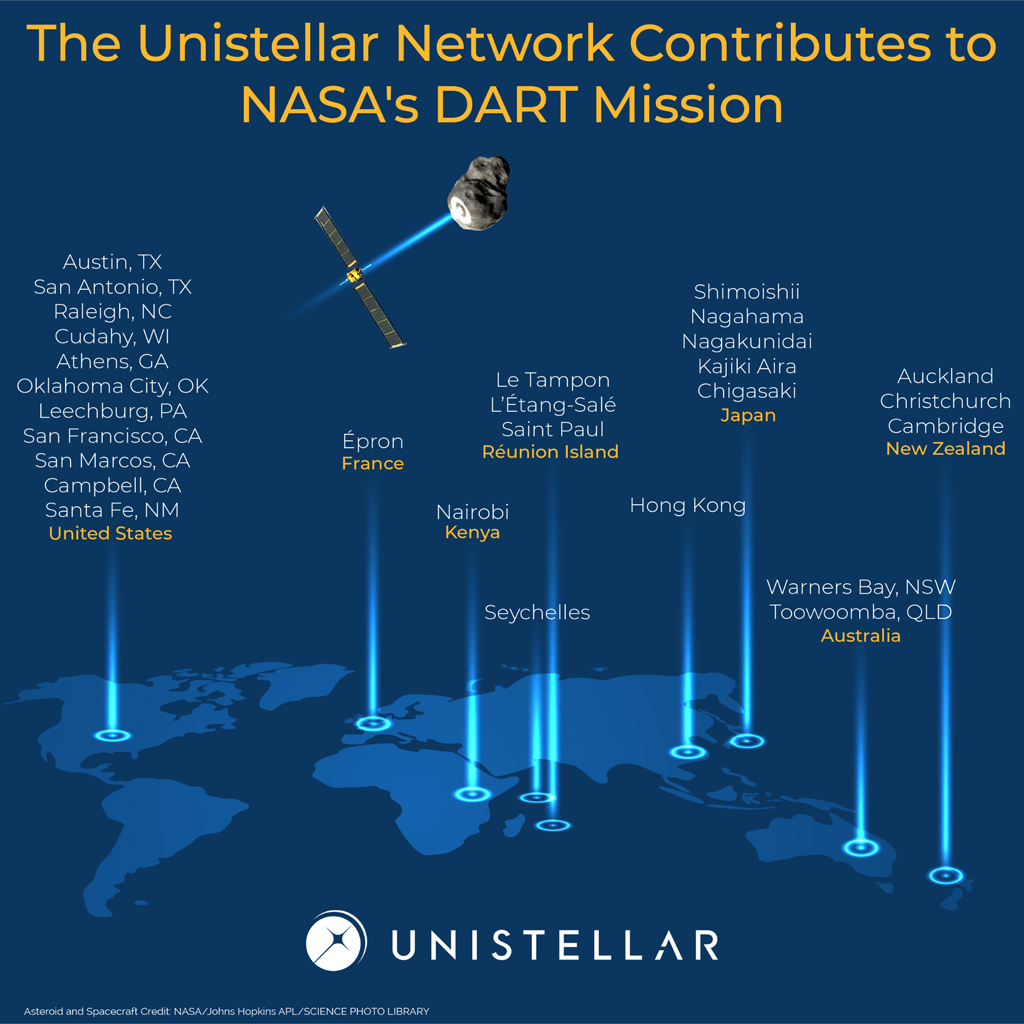
The paper led by Graykowski was published in Nature along with four others describing the aftermath of the impact and confirming the deflection of the moon of Didymos. This publication stands out due to the involvement of citizen science as the driving force behind the study, including four observations taken at the time of impact.
All the 31 citizen scientists of the Unistellar network involved in this study are co-authors of this scientific paper. Four of them (Patrice Huet, Matthieu Limagne, Bruno Payet from Réunion Island, and the Traveling telescope team in Kenya) observed the impact. Eight scientists from the SETI Institute (Ariel Graykowski, Ryan Lambert, Franck Marchis, Dorian Cazeneuve, Paul Dalba, Thomas Esposito, Daniel Peluso, and Lauren Sgro) have contributed to this research.
The SETI Institute is Unistellar’s scientific partner, working with Unistellar to mobilize teams to conduct observations leading to significant scientific discoveries and contributions
Patrice Huet (Réunion Island)
The observation of the impact of the DART probe on the asteroid Dimorphos was for me a very emotional moment that took me back almost 28 years earlier, when I was a teenager trying to observe the collision of Comet Shoemaker-Levy 9 on Jupiter. Although I knew that it was almost impossible to see, I still kept hope. I had the same feeling during the impact of the DART probe. But the surprise was yet to come, when I observed the formation of the dust cloud around the asteroid. It was just incredible! This is a highlight of my life as an amateur astronomer made possible thanks to the Unistellar eVscope.
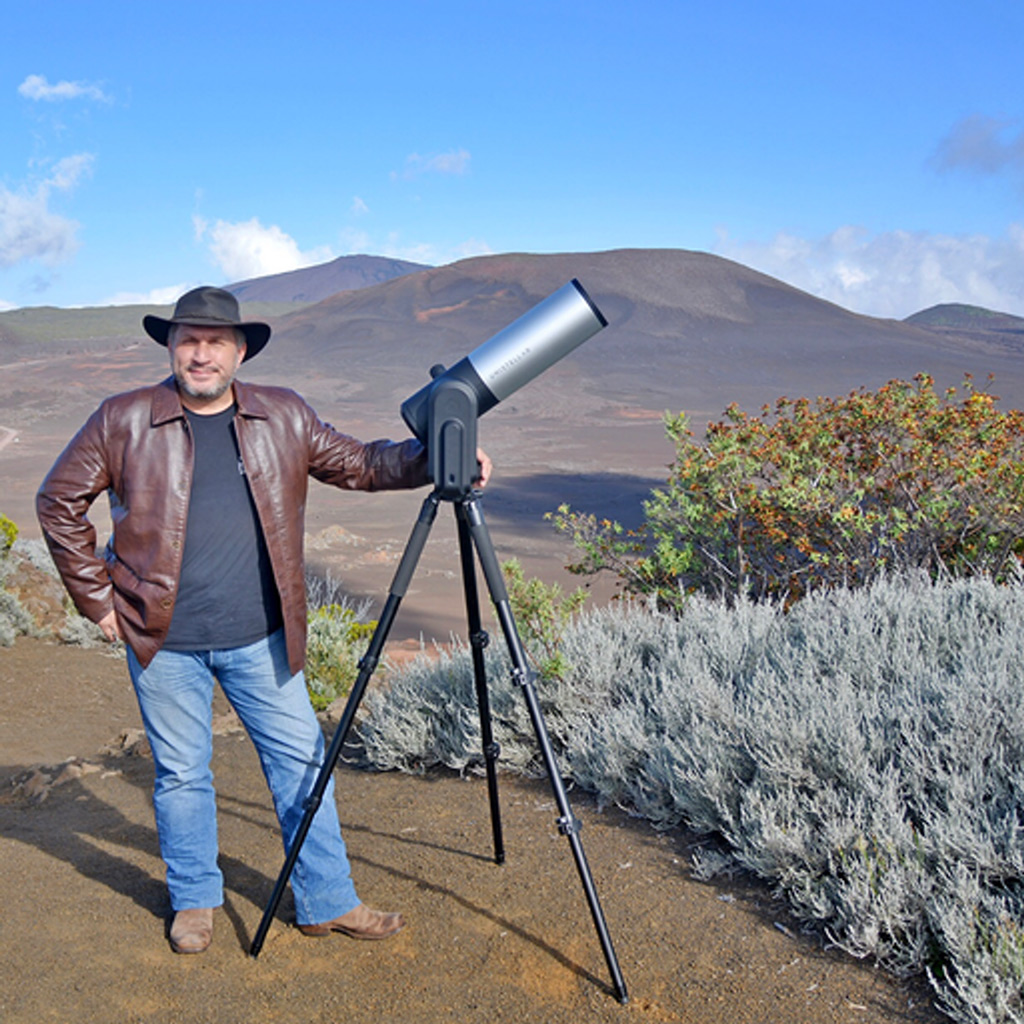
Nature: https://www.nature.com/articles/s41586-023-05852-9
Unistellar: https://www.unistellar.com/nature-revue
About the SETI Institute
Founded in 1984, the SETI Institute is a non-profit, multi-disciplinary research and education organization whose mission is to lead humanity’s quest to understand the origins and prevalence of life and intelligence in the Universe and to share that knowledge with the world. Its research encompasses the physical and biological sciences and leverages expertise in data analytics, machine learning and advanced signal detection technologies. The SETI Institute is a distinguished research partner for industry, academia and government agencies, including NASA and NSF.
Contact information
Rebecca McDonald
Director of Communications
SETI Institute
rmcdonald@seti.org





